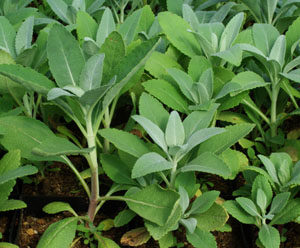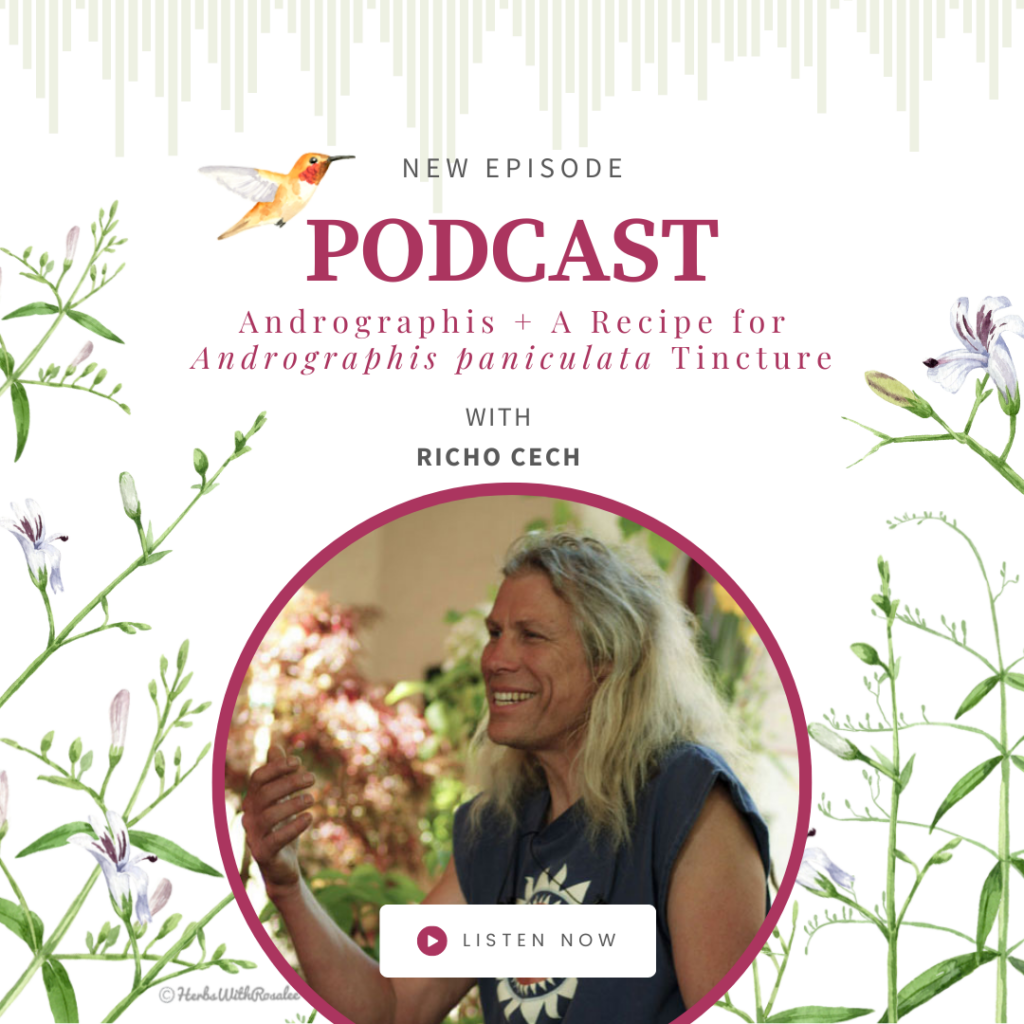

White Sage (Salvia apiana) seed harvest has begun, the giant plants lifting their aromatic fronds to the summer sun. I hurry to get a hit before the birds do the job for me! The plant is native to central and southern California, with a gene center probably in Eastern San Diego County. This is the smudge plant extraordinaire! Those of you who live nearby or have learned to grow it will understand why the plant is so highly revered, and no amount of wordage or photography on my part will do much to change your feelings for it. However, there may be some initiates out there who would like a little photo display of the true white sage, and maybe glean some tidbits from this posting. Here are some salient points:
1) White sage is a SAGE (Salvia) and should not be confused with Western Mugwort (white sagebrush) (Artemisia ludoviciana) which is sometimes used as a smudge and is sometimes called white sage. Sage is sage, wormwood is wormwood, and never the twain shall meet!
2) White sage plants have green leaves when they are young or in young, succulent growth. That is normal. The leaves turn quite white in the summer sun, and they turn white when hung and dried. If you get a white sage plant from our nursery and it is green, no reason to freak out!

3) Hardy to Zone 9 and relatively easy to grow in an unheated greenhouse or microsite plant and get to overwinter in zone 7. Colder than that, grow as an annual.
4) Many folks ask about when and how to harvest. I like to harvest younger (non-flowering/seeding) fronds in the late spring when the leafy sprays are large, juicy and vital. These I hang individually in the shade with good airflow and warmth, and allow to half-dry that way, then squeeze 7 of the fronds together and wrap and rehang to dry completely as a sage wand. Or, you can just let the fronds dry completely and use them as needed.
5) Seed harvest is about this time of year. The flowers that you let go in the spring have attracted their dedicated following of native pollinators, and the seed head will let you know when it is ready–tip and spill! Get there in front of the birds, they like it, too. As with any seed gathering, as soon as the seed is ready, drop everything and get it. Otherwise, procrastinate and weep.
6) The seed is full of inhibitors (it is a wild thing) and 10% germination is typical. The rest of the seed is probably viable but hard. Fire treating (see my book “Growing At-Risk” is helpful, as is a quick wake-up scarification on a seed screen (rubby dub-dub) and prayers to Creator. Press into surface and keep warm. Sometimes you can get high rates of germ.
7) White Sage (Salvia apiana) plants available from our nursery. We had a typical slow start with these and now they are large, robust, ready to go, and there are very few shipping weeks left before we shut down for the summer. Visit our online shop now and get some white sage plants, we have done the work for you, starting the prayer, which you can finish, or better yet keep going, it is one of the better things to do with this mind you’ve been given.


Great Article! Thank you for sharing this is very informative post, and looking forward to the latest one.
can the white sage be used for making country sausage or any other food use as well as smudging. thanks
Hi Tom, No, the sage to use for culinary applications is garden sage (Salvia officinalis). r
I do not see the price of white sage plants
https://strictlymedicinalseeds.com/product/sage-white-salvia-apiana-potted-plant-organic/
Can white sage be grown successfully if living on the east coast of US? If not outside because of humidity, can it be grown inside at all? Thanks!
Yes, we have plenty of gardening friends growing white sage outdoors from N. Carolina down to FL. This is a wild plant, it needs to be outside in the sun, it doesn’t do well indoors. If will however thrive in a solar greenhouse. Humidity is not an enemy, the flowers and leaves grow immensely in humid air. r